With summer in full swing, hitting the beach is in our To-Do list—where the sun, surf, sand, skies, wildlife, and people come together to inspire new photo opportunities. Photographer Oliver Weber is no stranger to beach living. Armed with his camera, he has taken to the shores of the Canary Islands, a place that attracts millions of tourists around the world and relies on tourism as a major part of its economy. There, he has captured the curious world of tourism—from the bizarre to hilarious to melancholic. It’s all documented in his series, “Social Life at Beach” which caught our eye recently. We sat down with this La Gomera-based street photographer to chat about this series and his body of work.
We hope this interview with Oliver will inspire you to improve your street photography this summer. Scroll down for images and a Q&A!
Hi Oliver! Welcome to 500px. How did you discover photography?
OLIVER: Thank you for your warm welcome. I remember with great pleasure that in my childhood I wanted to become a detective. There was this urge to grasp the things that surrounded me and to look into them with curious eyes. Even today, that hasn’t changed! Everything that moved around me aroused my interest. Observing my environment was exciting and gave me, as a boy of seven, a gigantic sense of joy. In particular, small, everyday situations with animals and people did it to me. So it didn’t take long before I went out with my first camera, a Minolta Hi Matic, as a small detective on a photo tour. Unfortunately, the pictures from these exciting exploratory exhibitions have been lost. I think back with pleasure to this time, and even today the overwhelming joy and passion in taking photos seizes me over and over again. Holding onto my environment with its small everyday stories about the people I meet.
What can we find in your camera bag?
OLIVER: I don’t really have any camera bag. I do shoot analogue with a Konica Hexar on Kodak TRI-X 400 ISO film, and I shoot digital with a Fuji X100.
Let’s talk about your series, “Social Life at Beach”. Where did you come up with the inspiration to shoot tourists on holiday?
OLIVER: I started shooting this series in 2012 on the Canary Islands to document the life of tourists who surge in from around the world. They form their own society on the beaches and promenades, interact with themselves and with the life of the island, but they still stay connected with their own world. They don’t get any actual and peculiar closeness with the nature of the islands. My intention is to show the bizarre, and sometimes melancholic, hustle and bustle of tourism—with all its cliches.
What influenced your choice of location, the Canary Islands of Tenerife?
OLVIER: Not so far from Tenerife is a contemplative, wild little island called La Gomera, where I live with my wife, a couple of chickens, cats, and a field on which we grow vegetables and fruit for seven years. This island is so different to the southern part of Tenerife where I shot the series. If you want to leave La Gomera to fly to anywhere in the world, you first have to take a ferry and you’ll inevitably be confronted by the contrast of hotel complexes in the south of Tenerife. This is where I got the idea to document their unique tourist scene. I personally have never done an all-inclusive holiday so far.
As a documentary photographer, can you share some tips on how to photograph strangers? Do you have any tricks or tactics on how to approach them?
OLIVER: My premise is the absolute respect for the people in compliance with a moral system. I also don’t “shoot” people with a tele-lens from a far distance. I work with a 35mm lens instead, which gives a certain closeness with the subjects. Doing this with a digital camera makes it easy to check the results immediately. If there is a photo worthy of possible publication, either in an exhibition, as a print or online, I show the subject the image and wait for his or her reaction and explain why I took the photo and for which project. Generally, the reactions are positive. If not, then I won’t use the image at all. To ask people on the street for permission before you take the photo would destroy the whole situation. There are lots of images in my archive that I am not allowed to use because I don’t have permission from the subject, or it is against my personal moral system to publish images which show the subject in an “unflattering” light.
How are you able to capture real moments of these individuals so intimately?
OLIVER: As a general rule, I drift along on the streets. Things don’t come to me at a hectic pace or in a rush. Photography is not actually at the forefront of my mind—it’s about having a lot of human interaction. The image through the viewfinder creates a sense of eagerness in me, as well as a sense of relaxation at the same time. All events condense around me in one moment. Then, it’s a matter of capturing it in such a way that it becomes something special. My photos aim to reveal deep insights into human lives. The situations hit the essentials of what develops while watching people’s lives and tell unmistakable small stories. I try never to be an outsider to the story. Photography is, for me, a picture language that everyone all over the world can understand. This makes it valuable as well as inimitable. This is why I love it so much.
What was your most memorable experience while shooting this series?
OLIVER: “Social Life at Beach” is, unlike my other series, not laid out to linger on one motif for a long time—although I like to do it. There was surely one or more funny moments between me and my subjects, but nothing that lasted. In my series, “Marrakech” though, which I shot on film, I allowed myself to take a lot of time, peace and quiet to approach the project. There is a portrait of a man and I spent almost the whole afternoon with this man in his modest home in Marrakech. He invited me to enter his place, we drank tea and had a conversation with “with only gestures and facial expressions” . At the end of my visit, I asked him if I could take a photo of him, in the end I got two. What I want to say is: there are projects or situations in photography which need time and more, and then there are others in which you have to be quick, like in this “Beach” series.
Out of all the photos in this series, “Social Life At The Beach”, which one would you say are you most proud of?
OLIVER: I would not highlight a single photograph. I see the series as a whole in context.
How would you describe your photography style?
OLIVER: Since 2002, I’ve pursued photography seriously. The so-called “street photography” has arisen through my creating different cycles. It comes to life through spontaneity, and the feelings and recognitions within situations and moods. You never know what will happen next. The art here is to use foresight in order to grasp the right moment and take the picture. Once the moment is over, it is lost for good. Even today, a good and successful photograph doesn’t lie in the superficial controlling of the photographic method, rather in the application of different recording devices which I steadily pursue further. I take photos because of the pictures—because of what I see, how it feels, the motifs which fascinate me within the people and street scenes, in nature, and in scenery. I would like to hold on to all of this forever, to own the visual image that has fascinated me at the location, and take home with me to look at it again and again. And I’d like to share my joy in my pictures with other people. I like to fascinate them as viewers, so they cannot forget my pictures. Serious photography is something that requires a lot of time and skill, an immense amount of sensitivity, major empathy, and endless perseverance in the darkroom too.
OLIVER: I often ask myself how my own setting relates to the photography, what my personal values are in the photograph. I am especially interested in people. With my pictures I would like to show how they really live. Therefore, I go out to people with the intention of understanding them, of telling their personal stories sympathetically in my photos. I don’t take a photo of people because they could deliver good photo motifs or push character representations of individuals that are of interest to a particular exhibition. What I take photos of, move me internally, it inspires me to speak through my pictures. I concentrate upon the motifs that interest me personally. Thus I can venture into the feelings, the life settings, and the core of the people and make my picture when the right moment comes along. By that practice I have developed my own ability to not orientate myself exclusively by the works of other photographers. This is for me a basic condition of being able to take photos successfully.
What’s next for you after shooting this series? Any future or upcoming projects in the works for you?
OLIVER: I am very happy about the Second Edition of my book, “Social Life at Beach” which will published September this year by Seltmann+Söhne Verlag, Hamburg, Germany. There will also be an exhibition of the “Beach” series at Galerie Lichtkreuzung in Munich, Germany. I’m also in collaboration with two photo agencies: Redux Pictures in New York and Eyevine Photo Agency in London.
Follow Oliver Weber on 500px to see more of his images.
You can also visit his official website, and follow him on his Facebook and Twitter pages to connect with him.

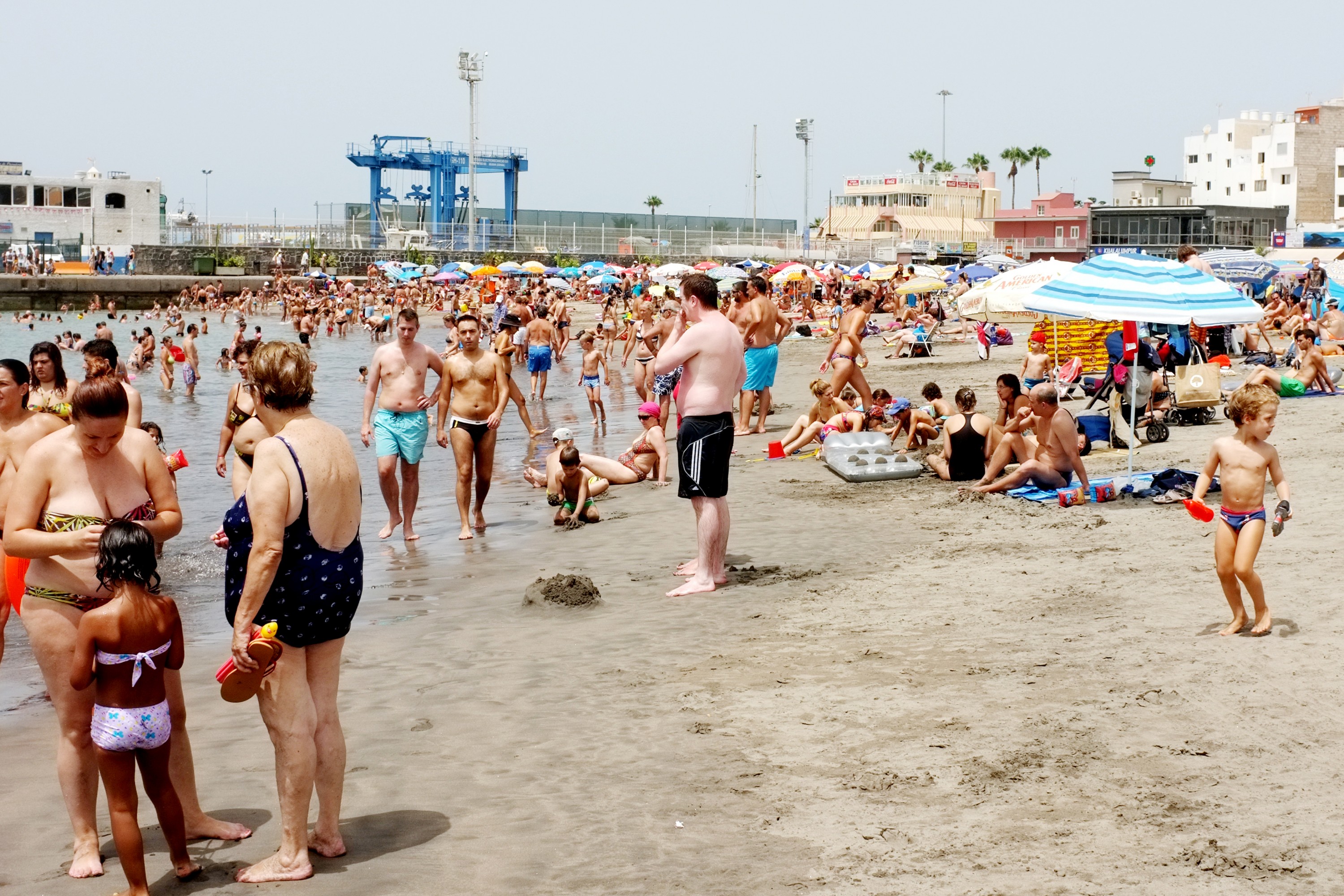
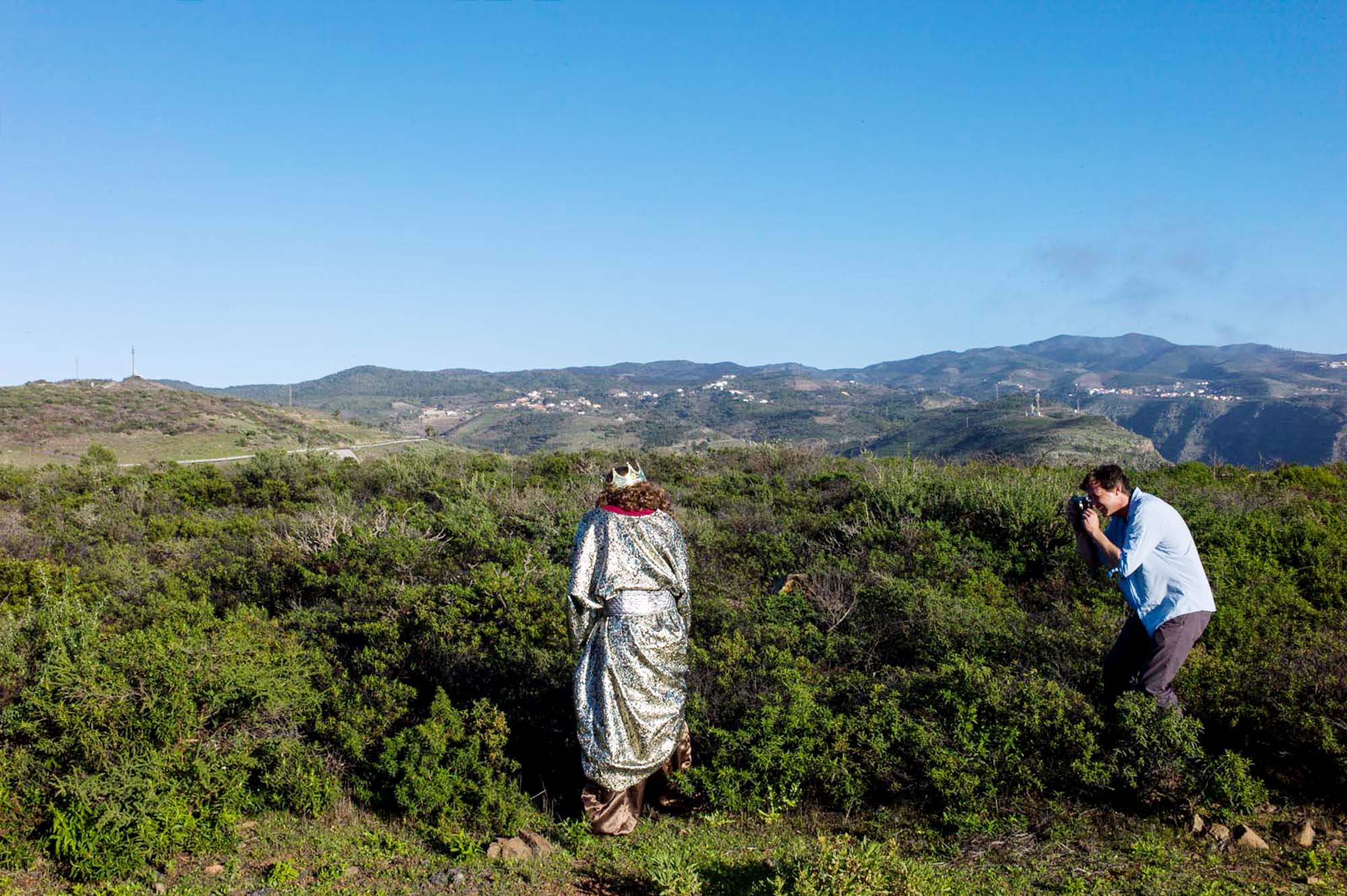

















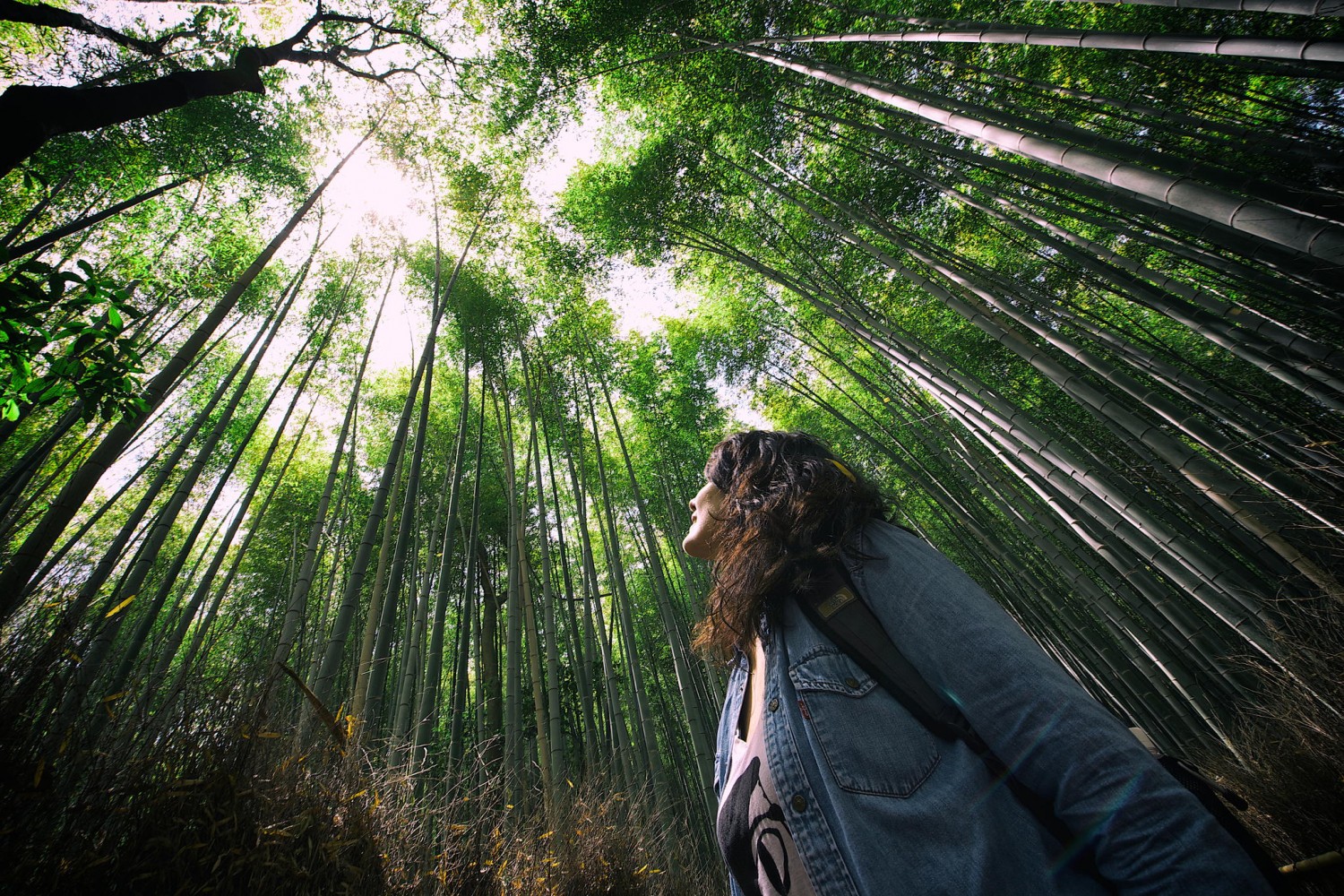


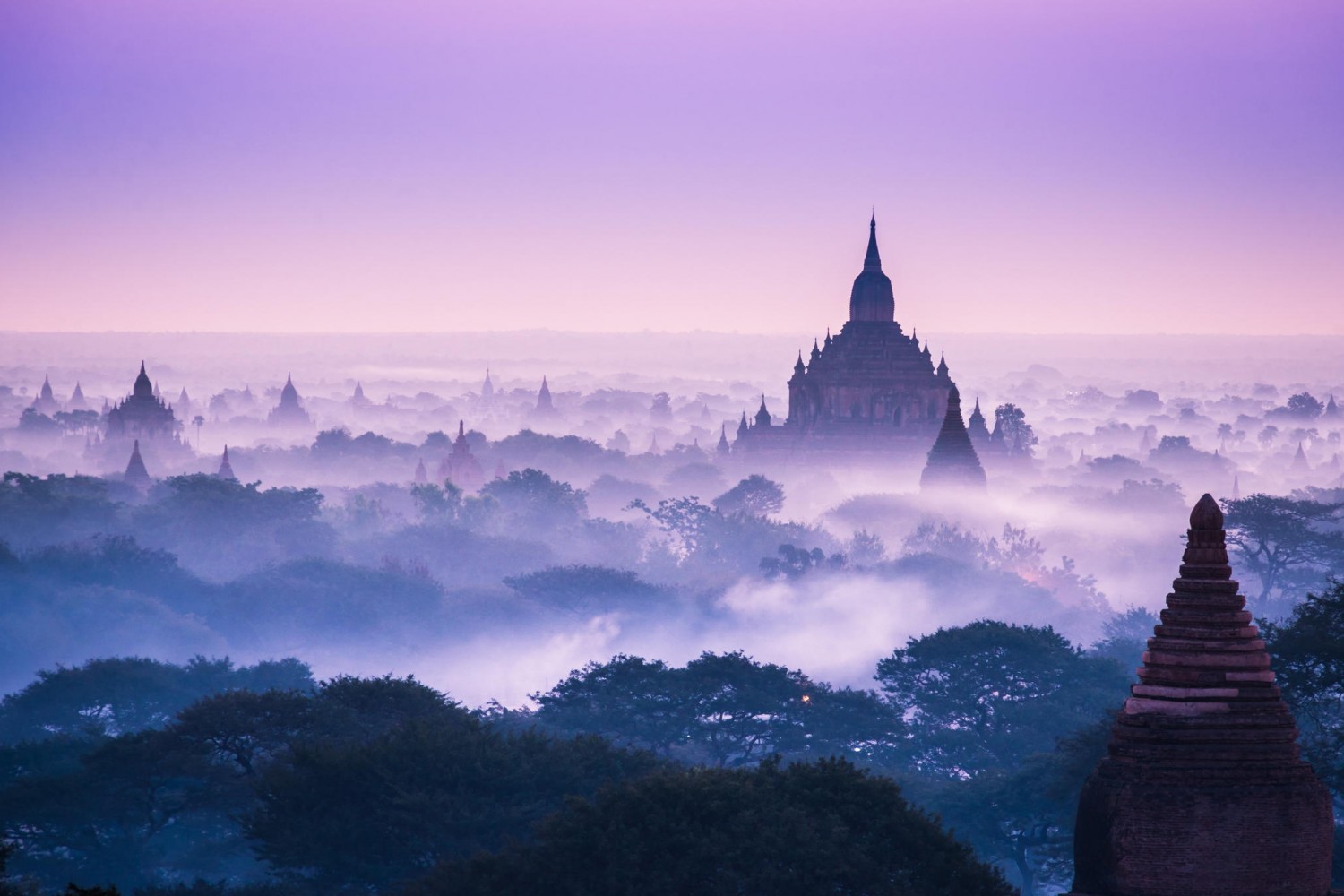
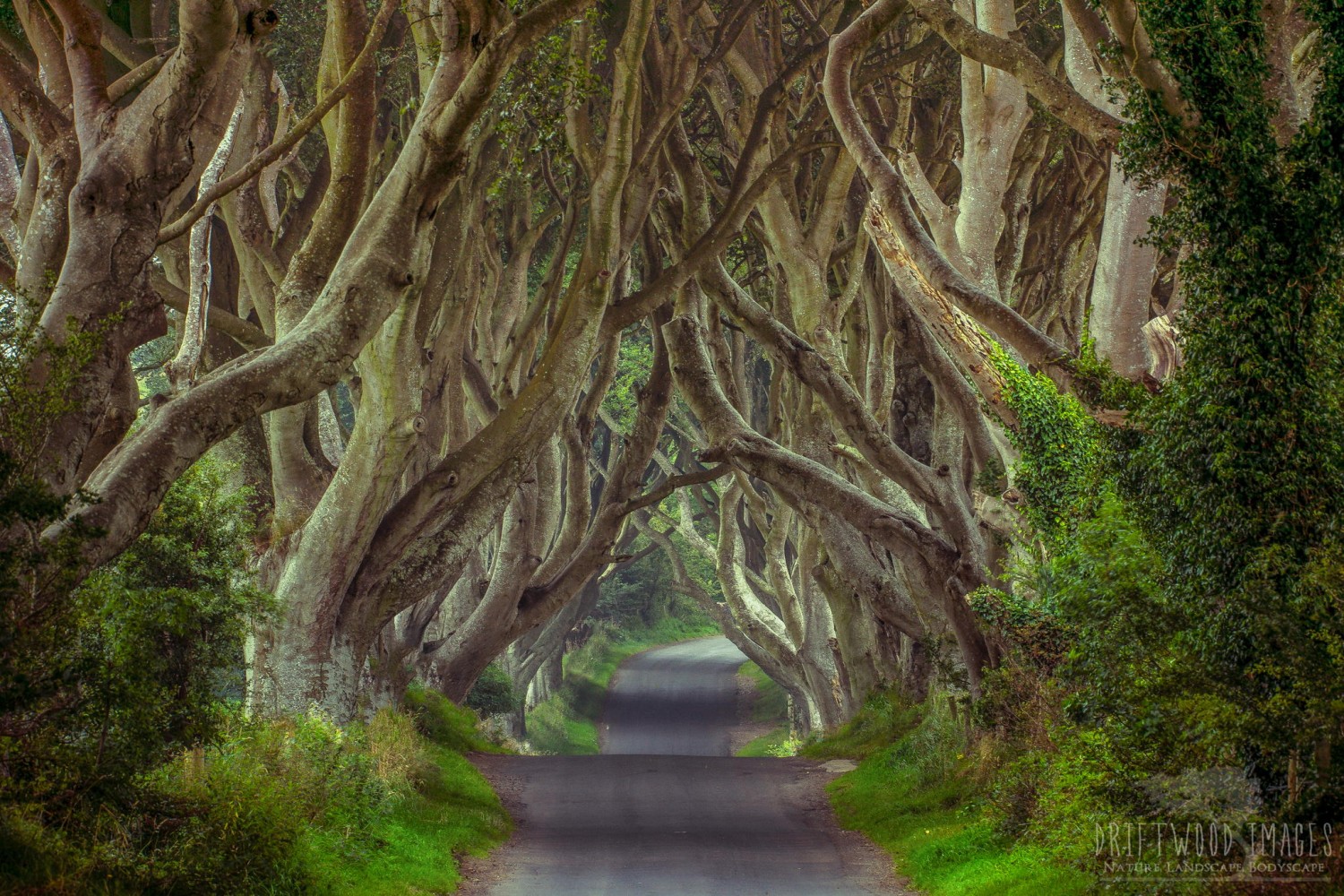
Leave a reply